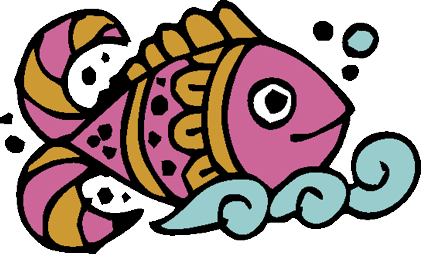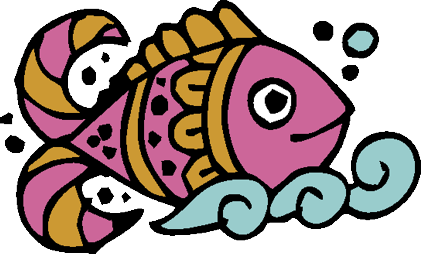It’s that time of year again — the rains have ended, the air has begun to cool, and festival follows festival to cheer the spirit and mark the turning seasons. It is a time to celebrate, a time to give.
The season begins with Navratri, or ‘nine nights’, in honour of the goddess, Durga. All of India breaks into celebration — good food, good friends, new clothes, music and dance are the order of the day.
Religion and religious tradition informs the lives of most Indians. Interestingly, religion is also inextricably woven into the ancient literature of India. We have seen this with the Rigveda. And we are reminded of it again during these celebrations.
For me, Navratri means the Durga Puja as it is celebrated in Bengal. It is believed that during this time, the goddess visits her parents, Haimavat (the Himalaya mountain personified) and Maina. The days of celebration begin with Mahalaya, which marks the end of the Pitri Paksh, the days of the ancestors (a period of mourning and honouring ancestors) and the start of the Devi Paksh, the days of the goddess.
An enduring memory of childhood is waking up before dawn on Mahalaya to listen to Mahishasurmardini on All India Radio (AIR) with my mother. The programme, which has been broadcast on AIR at 4 am every Mahalaya since 1931, is one and a half hours of music and Bengali songs in praise of the goddess. Woven into the song and music is the chanting of the Chandi Path, a selection of verses from the Sanskrit text known as the Devi Mahatmyam, in the deep and ringing voice of Birendra Kumar Bhadra.
The Devi Mahatmyam (‘the glory of the goddess’) is also known as the Durga Saptashati (‘seven hundred verse about the Goddess, Durga’). It describes the glory of the Goddess in the form of Durga and her victory over the forces of evil, personified as the demon Mahishasura.
According to Wikipedia (Markandeya Purana), the Devi Mahatmyam is
the oldest known treatise on Devi (Goddess) as the Supreme Truth and Creator Of The Universe. The text is considered as a central text of the Hindu Goddess-related Shaktism tradition, with an extraordinary expression of reverence for the feminine [and is]…often ranked in some Hindu traditions to be as important as the Bhagavad Gita.
It is part of the Markandeya Purana, one of the eighteen major Puranas (ancient Sanskrit texts containing myths, legends, and genealogies and traditionally regarded as history) and also one of the oldest; attributed to the sage Markandeya, it is dated to the third century CE. The Devi Mahatyam, though, is considered a later addition; its composition has been dated to as late as the 6th or 7th centuries CE.
The Devi Mahatmyam is also popular in Tulunadu in coastal Karnataka. Traditional theatre known as Yakshagana draws heavily upon this text to celebrate the Goddess.
Tell us about texts and works of literature, ancient or modern, associated with celebration in your tradition! Write in via the comment box below!
And last but not least, I wish all my readers a wonderful, joyous festive season!
In keeping with the spirit of the season, and to thank all my subscribers for their support:
All articles published between September 25 and December 31, 2022 will be free for all subscribers.
Paying subscribers will not be charged for this period.
I will continue researching and writing, but please bear with me if the frequency of my articles reduces somewhat during this period.








This comes very aptly. I have seen Durga Puja in the then “Calcutta!” Not ever forgotten and celebrated by us in Gujarat as Navratri!
Very appropriate writeup today.Iwanted to hear the Chandipath as it used to be broadcast from AIR.Thanks.
My morning is made.